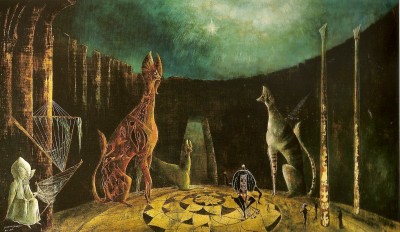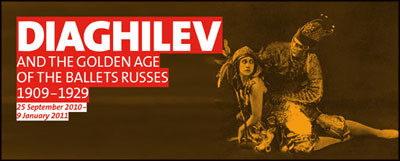“Why You’re Wearing Feathers Right Now” by Jenka Gurfinkel

Jocelyn Marsh wearing a headdress by Tiffa Novoa. Photo by Brion Topolski. 2005.
Recently, Jenka Gurfinkel –a longtime mover/shaker in the California indie cirque scene— wrote “Why You’re Wearing Feathers Right Now”, a fantastic personal essay that happens to dovetail nicely (pun intended) with the extensive Tiffa Novoa love fest we ran in Coilhouse Magazine last year. Gurfinkel’s unique take on the current exploding trend of plumage in both indie and mainstream fashion is a deft mix of memoir and cultural nodal point-mapping:
“In the summer of 2011, feathers have become a staple of every sartorial and tonsorial aspect imaginable. The other day I was asked my opinion as to where this current ubiquity of feathers has come from. But as it turns out, I happen to have something better than an opinion: I have an explanation.”

El Circo performer at Burning Man, 2005. Photo by Siouxzen Kang.
“Just two years out of college, I stumbled into the role of production manager for a newly-formed, L.A.-based vaudeville cirque troupe called, Lucent Dossier. Through that initial involvement with Lucent I would meet many other circus groups, including El Circo, who were by then based in San Francisco along with The Yard Dogs Road Show and Vau De Vire Society. There was also March Fourth Marching Band in Portland, Clan Destino in Santa Barbara, and Cirque Berzerk, and Mutaytor in L.A. As these acts grew, the I-5 Freeway became a central artery of culture, pumping a distinct combination of art, music, fashion, and performance up and down the west coast. A social scene evolved around these circus troupes the same way the punk subculture sprang up around the bands that defined it.”

Full page Issue 05 Coilhouse spread of performer Joshua David wearing a Ernte feather headdress by Tiffa Novoa. Photo by Spencer Hansen.
“In the early to mid-aughts (when the photos above were taken) the feather was as de rigueur a cultural signifier within the circus scene as the safety pin was for punks in the late 1970s and early 80s. In fact, back before it was so commonplace as to lose meaning (or induce a national feather shortage), condescending terms for those sporting the look sprang up within the subculture: “Feather mafia,” was one I heard thrown around; ‘Trustafarian peacock‘ even made it into UrbanDictionary.com. And then, something else began to happen…”
View the full essay at Social Creature dot com.
As far as this ubiquitous trend of wearing feathers goes– if you adorn with birdie bits, please consider researching where they come from! Buying ethically and responsibly is beautiful. Here are some great resources:
- Feather Drop: For the Advocacy and Collection of Cruelty Free Feathers
- The Happy Rooster
- Cruelty Free Feather listings on Etsy
- Frogworks Jewelry
















